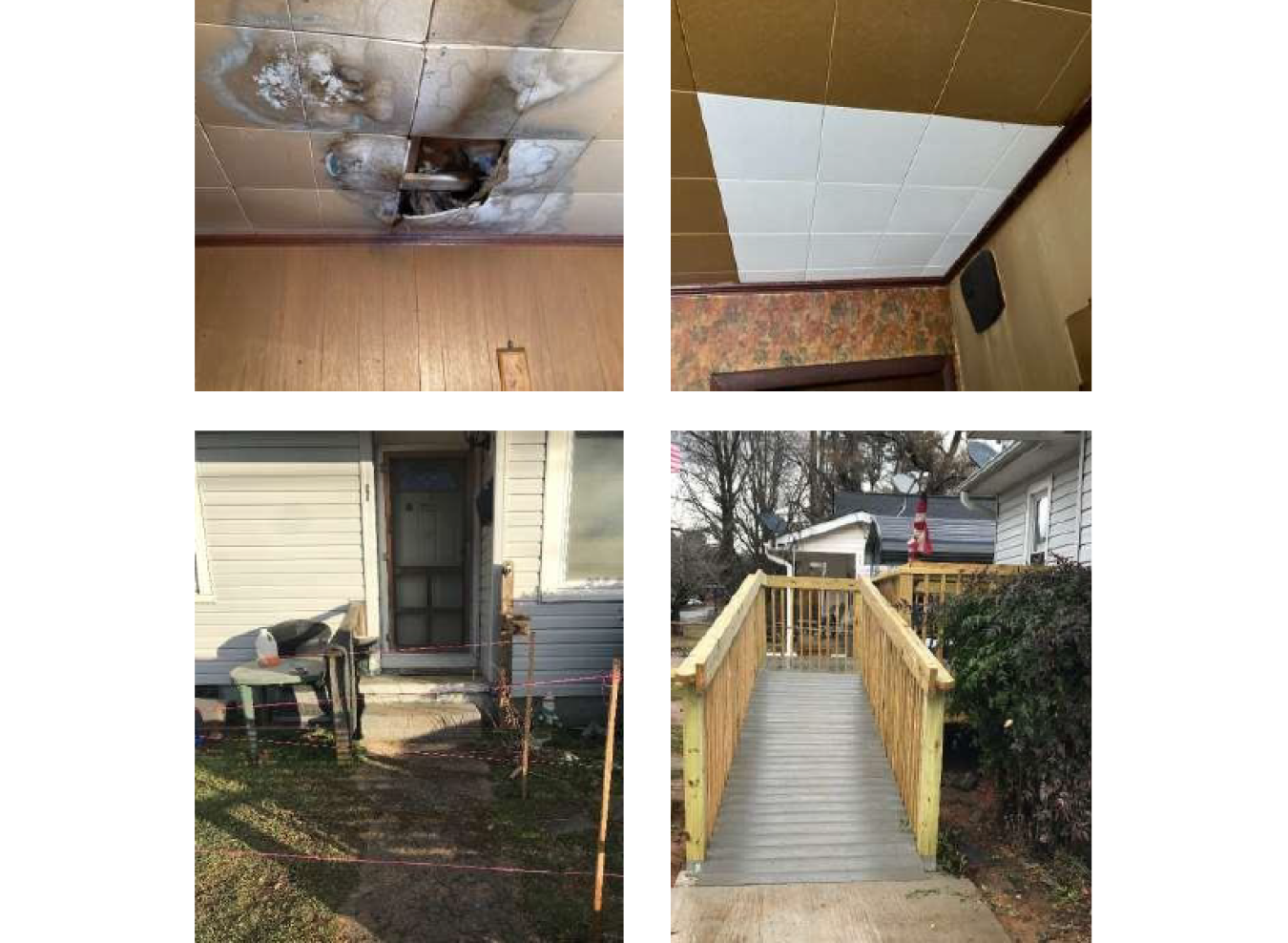The North Carolina Community Action Association (NCCAA) partnered with a health insurance company to fund and implement increased health measures to improve indoor air quality and avoid deferrals for low-income households.
Weatherization Assistance Program
April 15, 2024
About the Project
Health and safety are built into the structure of the Weatherization Assistance Program (WAP), yet there are limits to how money can be spent on non-energy measures within WAP. The North Carolina Community Action Association (NCCAA) partnered with a health insurance company to fund and implement increased health measures to improve indoor air quality and avoid deferrals for low-income households.
Challenge
Many studies have shown direct links between building quality, weatherization retrofit measures, and health outcomes for residents. And health and safety are built into the WAP program. However, there were still health and indoor air quality measures the NCCAA’s WAP program could not address through U.S. Department of Energy funds alone, and there were households being deferred due to underlying health and safety issues.
Solution
In 2014, NCCAA applied for and was awarded $20 million from Duke Energy Business Services to expand weatherization health and safety measures and reduce weatherization deferrals. Based on that program’s success, NCCAA was able to leverage an additional $2 million from Blue Cross Blue Shield (BCBS) North Carolina in 2018 to further these efforts and expand to a variety of non-energy health related measures such as carpet replacement, pest control, ventilation, and improved accessibility/fall prevention. These BCBS “Healthy Homes Initiative” funds did not have to be used for WAP households or WAP-eligible measures; the only eligibility requirement was that the household income be below the 200% poverty threshold. The BCBS program was expanded further in 2020.
Positive Impact
Within 3 years, the Duke Energy funding provided services to 3,516 homes. Their program evaluation showed that the monetary value of non-energy benefits to households served was almost twice that of the energy cost savings. The program evaluation reported that: “Homeowners felt safer, more comfortable, and healthier in their homes, and reported financial savings that would allow them to pay for other necessities.”
The funds from BCBS had the initial goal of serving 700 households across the state. From 2019 to 2023, the program’s $2.8 million along with leveraged funds helped 1,664 households. The most frequently installed measure was moisture mold abatement, as well as safety and accessibility repairs and air purification.
Partners
- Duke Energy
- Blue Cross Blue Shield
This story was developed using content from a National Community Action Partnership webinar and conference presentation. Watch the webinar or access the presentation slides on their website.

